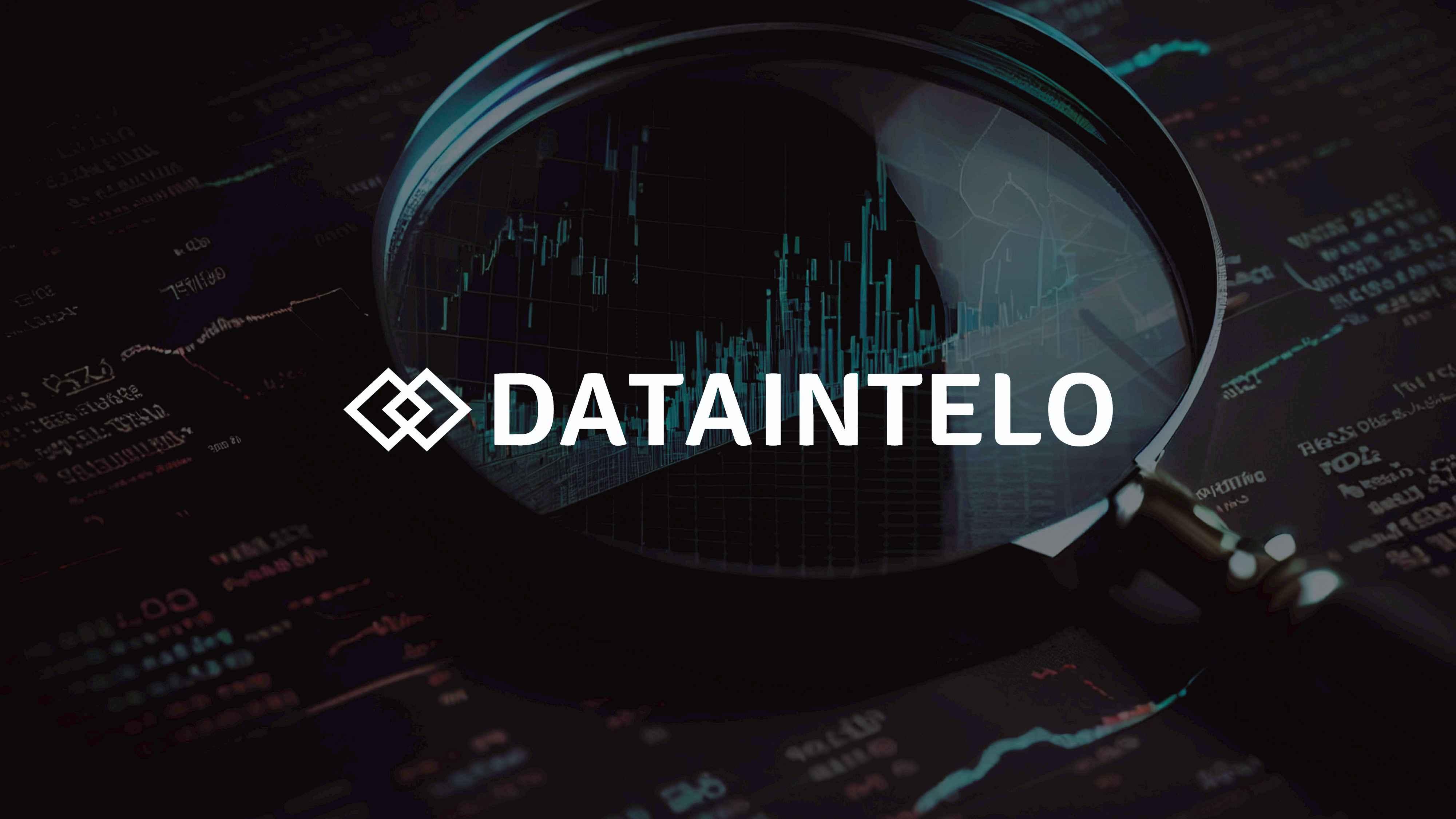The Petrol Pump Market is witnessing progressive growth, driven by the surge in global energy consumption, rising vehicle ownership, and expanding infrastructure in developing economies. As nations prioritize mobility, connectivity, and efficient energy distribution, petrol stations remain essential touchpoints in the energy and transport value chain.
This market is not only vital for daily fueling needs but is also evolving into a more service-centric and technology-integrated space, offering everything from digital payments to EV charging integration.
With demand on the rise, the industry is transitioning to meet both current fuel needs and future mobility trends.
Market Drivers Fueling Momentum
The upward trajectory of the petrol pump market is influenced by several crucial drivers:
-
Rising Vehicle Ownership: The increasing number of passenger and commercial vehicles globally is driving fuel consumption and expanding the need for more fueling stations.
-
Infrastructure Development: Rapid urbanization and highway expansions, especially in Asia-Pacific and Africa, are boosting petrol pump installations.
-
Improved Access to Energy: Many governments are investing in rural and underserved areas to improve fuel accessibility and distribution.
Request a Sample Report:
https://dataintelo.com/request-sample/175324
Restraints Hindering Market Acceleration
Despite its growth, the market faces a few key limitations:
-
Environmental Regulations: Growing global pressure to reduce carbon emissions may limit future expansion of traditional petrol infrastructure.
-
Shift to Electric Vehicles (EVs): The global EV push could gradually reduce demand for fossil fuel stations in some regions.
-
Volatility in Crude Oil Prices: Fluctuating oil prices directly impact petrol pricing and can affect profitability and demand.
These challenges are prompting many petrol pump operators to diversify into alternative fuels and mobility services.
Emerging Opportunities on the Horizon
The market holds numerous opportunities that promise sustainable growth and adaptation:
-
Integration with EV Charging Infrastructure: Combining EV charging points with traditional pumps offers a hybrid fueling model for evolving demand.
-
Digital Payment Systems: Contactless payments, loyalty apps, and mobile wallet integrations enhance user experience and operational efficiency.
-
Biofuel and CNG Services: Diversifying into cleaner fuel alternatives allows petrol stations to align with green mandates and broaden customer offerings.
View Full Report:
https://dataintelo.com/report/global-petrol-pump-market
Market Valuation and Future Forecast
According to Dataintelo, the Petrol Pump Market was valued at USD 94.8 billion in 2023 and is projected to reach USD 132.4 billion by 2032, growing at a CAGR of 3.8% during the forecast period. This growth reflects strong energy demands across fast-growing economies and consistent vehicle activity in urban and semi-urban regions.
Key Insights:
-
Asia-Pacific leads the market due to rapid industrialization and a booming vehicle base.
-
North America and Europe are witnessing a slow yet steady shift toward hybrid models, integrating cleaner fuel options.
-
Africa and Latin America are emerging hotspots for market expansion due to infrastructural investments and increased mobility.
Global Trends Reshaping the Market Landscape
The petrol pump market is adapting to modern consumer needs and environmental expectations through several transformative trends:
-
Smart Fuel Stations: Automated dispensing systems, digital dashboards, and app-based loyalty programs are becoming mainstream.
-
Multi-Utility Services: Modern petrol pumps now include ATMs, convenience stores, maintenance shops, and quick-service restaurants.
-
Sustainable Fueling Options: Increased offerings of CNG, ethanol-blended petrol, and hydrogen fuel are slowly gaining traction.
These trends indicate the sector's shift toward a comprehensive mobility and service ecosystem.
Check Out the Report:
https://dataintelo.com/checkout/175324
Market Segmentation Overview
Breaking down the petrol pump market reveals various high-growth segments:
-
By Fuel Type:
-
Petrol
-
Diesel
-
Compressed Natural Gas (CNG)
-
Biofuels
-
-
By Type:
-
Fixed Petrol Stations
-
Mobile Petrol Units
-
-
By Location:
-
Urban
-
Semi-Urban
-
Rural
-
-
By End-User:
-
Passenger Vehicles
-
Commercial Fleets
-
Industrial & Agricultural Use
-
Each of these segments is influenced by geographical, economic, and regulatory factors that shape deployment strategies and investment priorities.
Regional Market Insights
Regional dynamics play a critical role in shaping the petrol pump market:
-
Asia-Pacific: Dominates with high fuel demand, supported by population growth and industrial activity.
-
North America: Focuses on upgrading infrastructure with hybrid services including EV charging and alternative fuels.
-
Europe: Prioritizing decarbonization and sustainable energy policies, gradually transitioning to clean energy services.
-
Latin America & Africa: Witnessing robust growth due to untapped rural regions and increasing vehicle penetration.
Localized expansion strategies and policy alignment remain central to regional success.
Technology Integration Driving Efficiency
Modern technology is helping redefine the petrol pump experience and back-end operations:
-
Automated Fuel Dispensers: Enhance accuracy and reduce human error.
-
Cloud-Based Monitoring: Real-time fuel inventory management, sales tracking, and predictive maintenance.
-
AI and IoT Integration: Predictive analytics for demand forecasting, customer behavior analysis, and personalized offers.
Such technological advancements are streamlining operations and improving customer satisfaction.
Sustainability and the Future Outlook
The shift toward environmental sustainability is influencing how the petrol pump market prepares for the future:
-
Energy Transition Readiness: Many stations are being designed or retrofitted to handle multiple fuel types, including renewables.
-
Carbon Offset Programs: Incorporating green credits and eco-initiatives into loyalty systems to attract environmentally conscious consumers.
-
Eco-Friendly Infrastructure: Installation of solar panels, green buildings, and waste recycling systems to reduce operational footprints.
These initiatives ensure that the market remains relevant and responsible in a rapidly changing energy landscape.
Conclusion: Petrol Pump Market Remains Indispensable in the Mobility Chain
Despite environmental and technological shifts, the Petrol Pump Market remains a cornerstone of global transportation infrastructure. Its evolution from basic fueling stations to fully-integrated mobility hubs highlights its resilience and adaptability. As the world embraces cleaner energy and smarter technology, petrol pumps will play a crucial role in enabling seamless, flexible, and sustainable mobility for all.




